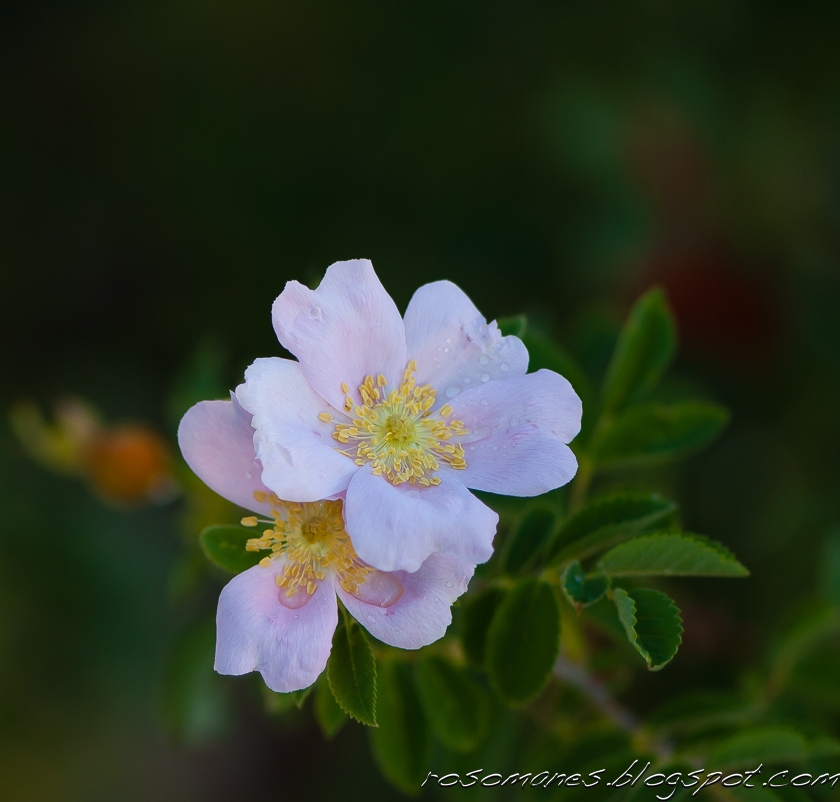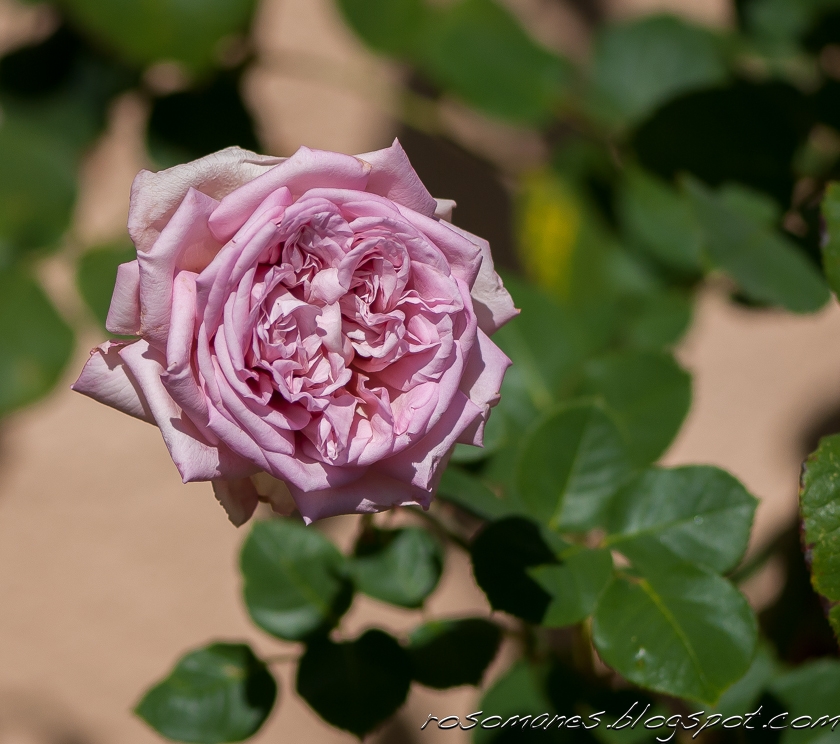Through most of my rose-growing adventures, I have selected roses based simply on how pretty they looked to me.
 |
| I have good rebloom on my Zéphirine Drouhin this year |
I especially liked softer colors: cream, blush pink, apricot.
 |
Chandos Beauty
|
My husband told me repeatedly that in our brilliant tropical sun these colors became either a nondescript "off-white" or a not-too-clean looking "beige", and that we should find brighter colored roses to enjoy. However, I couldn't bring myself to buy any of the neon orange roses that I saw at garden centers, and I have never learned to photograph red, so we were at an impasse. Then I discovered Pernetianas.
 |
Duquesa de Peñaranda
|
I have seen their colors described as glowing coral, cantaloupe, Indian (or Turkey) red, terracotta, pomegranate, salmon-pink, peachy-orange and saffron gold to name just a few imaginative and, in my case, hunger-inducing epithets. I was sold.
 |
My "sunshine" rose, 'Lykke Dazla', sometimes sold as Angèle Pernet
|
Despite these poetic descriptions, Pernetianas remain the least loved of all roses.
 |
Soeur Thérèse
|
They are derided for vivid and sometimes clashing colors, fleeting blooms, lack of vigor and ill health, especially a propensity to blackspot inherited from Persian Yellow, the rose from which Pernetianas originated and that introduced flame colors into hybrid teas.
 |
| Heinrich Wendland |
Joseph Pernet-Ducher, the French rose breeder who came up with the first Persian Yellow hybrid, Soleil d'Or, was so proud of his accomplishment that he gave these early crosses the name "roses of Pernet", or Pernetianas.
 |
| Étoile de Feu |
Yet not a decade passed since his death and the word Pernetiana became little more than a synonym for sickly roses.
 |
| Federico Casas |
One such rose, Dame Edith Helen, a 1926 hybrid tea whose only known parent was a hybrid perpetual and which has no flame colors however hard I squint at it, was called a Pernetiana simply because it tended to die back.
 |
| Dame Edith Helen |
Gradually, through continuous breeding with hybrid teas, Pernetianas gained vigor but lost their distinct identity. It is the early ones, developed from the 1900s to the early 1930s, that are unique enough that they should probably preserve their Pernetiana designation rather than being lumped with the rest of hybrid teas.
 |
| Mme. Edouard Herriot |
Even in my ideal climate (Pernetianas like dry heat) a lot of these roses, on their own roots, are not easy to grow.
 |
| A young Duquesa de Peñaranda. Shön Ingeborg in the back |
I lost Girona and "Lundy's Lane Yellow" to crown gall and two Soleils d'Or to dieback (a fairly rare occurrence here). Many rust badly in spring. Several have refused to put on any size in the ground (Gruss an Coburg is a noteworthy exception).
 |
| Gruss an Coburg |
I have not yet found time to learn grafting, which would help with vigor, so I put what plants remained in big pots.
 |
| Some of my potted roses, from far right, Surville (bright pink), Intermezzo (mauve), Prinzessin Marie von Arenberg (white), Dame Edith Helen (pink), Cynthia Brooke (orange), Taischa (mauve) |
It seems to be working out well for me.
 |
| Étoile de Feu a year ago... |
 |
| ...and now |
I water frequently, feed with a mix of organic and granular fertilizers, and replace the potting mix every few years.
 |
| A young plant of 'Lykke Dazla' |
Even with the best of care, bloom color is very variable ...,
 |
| Condesa de Sastago on a bright day... |
 |
| ...and on a softer colored day |
...and at times, disappointing.
 |
| Heinrich Wendland on a good day... |
 |
| ... and on a bad day :) |
Good or bad, blooms fade in less than half a day.
 |
| But I find the fade color of Mme. Edouard Herriot to be very pretty too |
Why do I go to all the trouble? When grown well, early Pernetianas produce unique colors whose complexity remains unmatched even though over a century of rose breeding has passed since they first appeared.
 |
| My Vintage Gardens catalog describes Mme. Edouard Herriot as a "color break in her day" whose blooms range in color from "rich salmon to peach to pure pink with touches of yellow at the heart" |
Those shades of salmon-coral and old gold with vermilion veining are largely gone from modern roses...
 |
| 'Old Korbel Gold' |
...as are the charming little petals (called petaloids) curling inward toward the stamens.
 |
| 'Lykke Dazla' |
For me, Pernetianas are a constant challenge, frequently temperamental, sometimes disappointing, but more often than not, dazzling and deeply rewarding.
 |
| The rose sold as Surville, a seedling of Mme. Edouard Herriot |
 |
| Étoile de Feu |
 |
Soeur Thérèse
|
 |
Duquesa de Peñaranda
|
 |
Native bees on 'Lykke Dazla'
|
























































